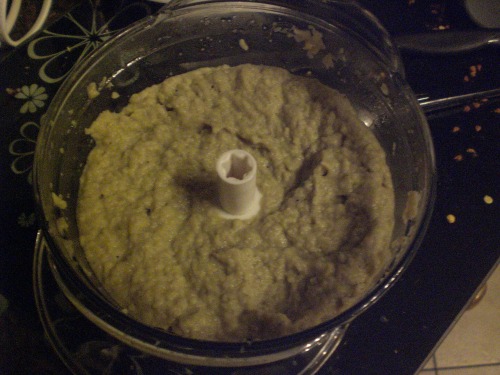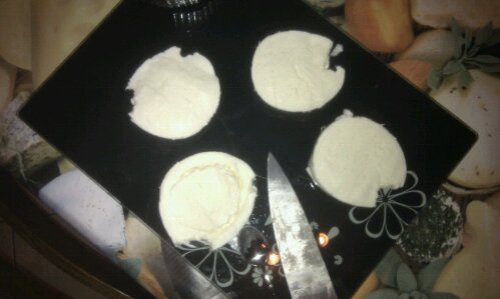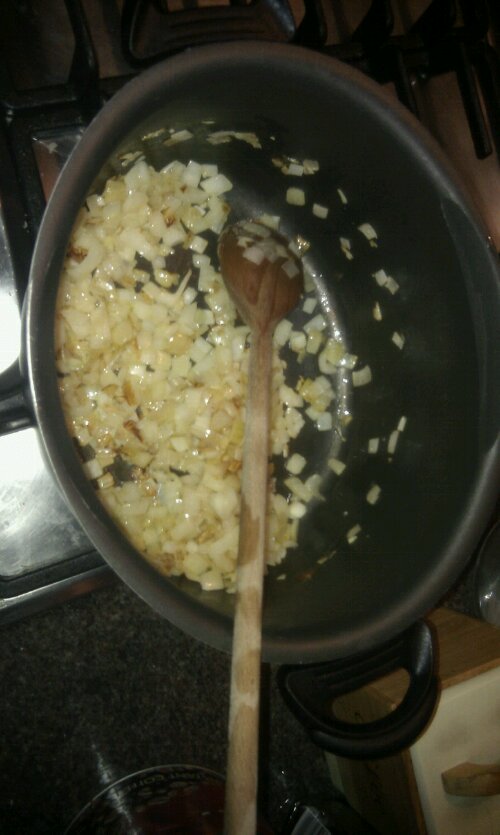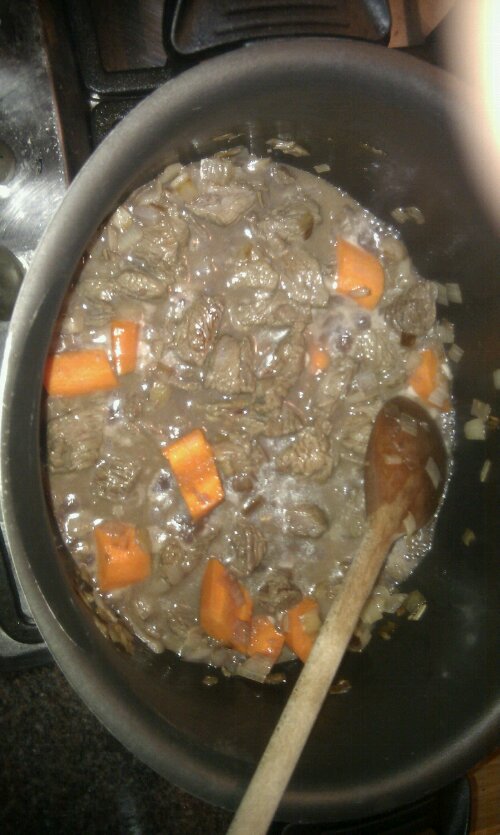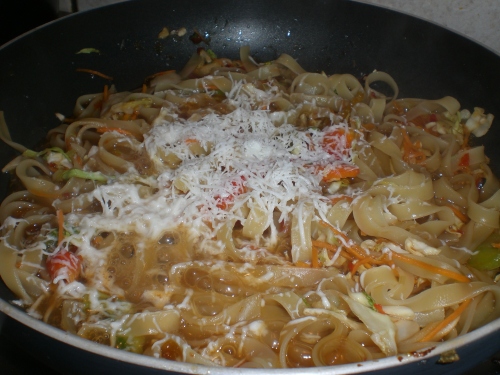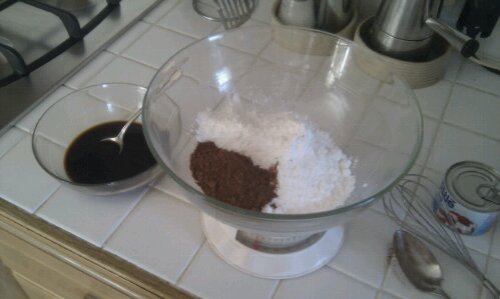I LOVE pasta, and I’ve always wanted to try and make fresh pasta, but always feared that it was one of those risky things where everything needed to be just right… To our delight, it really is not the case.. and although it is quite a bit more labour intensive when compared to opening a box of pasta and throwing it into boiling water, it really is fun, and yummy!
For two persons you need:
2 eggs
200g plain flour
That’s it! Even the proportions are simple!
So, here we go –

Put the flour on a clean surface and make a hollow in the middle. Break both eggs and gently beat them. Slowly start to incorporate the flour into the beaten egg and it will get thicker. Eventually you will need to start using your hands, and just knead the mixture and combine all the egg and flour. Keep kneading until you have a firm but stretchy dough. Sprinkle a little extra flour if the dough is too wet, or just a few DROPS of water if it is too dry.

Wrap the dough in plastic and put it aside for half an hour. This gives the gluten chance to settle and helps with rolling later on. Take this time to prepare a sauce of your choice.
Next, knead the ball of dough into a flattish pancake. Don’t be too fussy – it just needs to be easy to handle for the first roll.
With your pasta rolling machine firmly anchored at the edge of the table, set the rollers to the widest gap, and roll the dough through for the first time.


The dough will be a bit grainy and may tend to break up. Don’t worry! Simply fold the strip in half and pass it through the rollers again. Keep folding and rolling and you will soon see the texture changing, and the dough will become smooth and much more uniform.
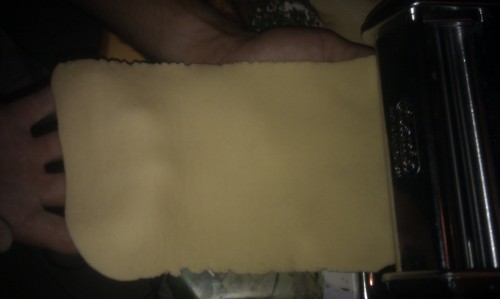
Great! Now click the rollers to the next notch to make the dough slightly thinner. If you notice the dough starting to break up again, simply fold in half and keep rolling on the same setting.
Gradually adjust the rollers and thin down your dough. As it gets thinner, it also gets much longer, so you may want to cut the strip in half or more, to handle shorter pieces of dough. Also, it helps if two people are doing this process – one person feeding the pasta into the machine and rolling, whilst the second person helps draw the rolled pasta out of the bottom of the machine.

Now that you have finally reached the thinnest setting on the rollers, it is time to cut the linguine! This process is exactly the same as rolling, except that you will use the cutting wheels rather than the rolling wheels on the machine.
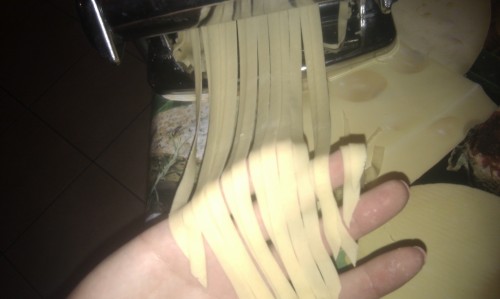
Simply help out the linguini by hand, and drape them over a chair.
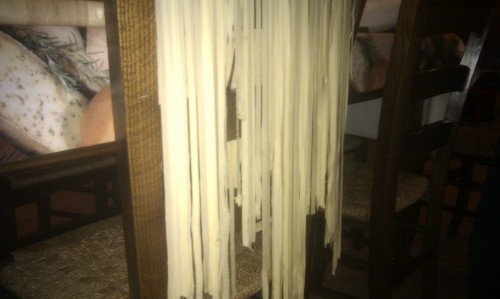
Now you can either cook these straight away, or leave them to dry out and use them later on. Remember that fresh pasta cooks very quickly, so you really need to watch them carefully. These linguini were “Al Dente” in less than 3 minutes!





